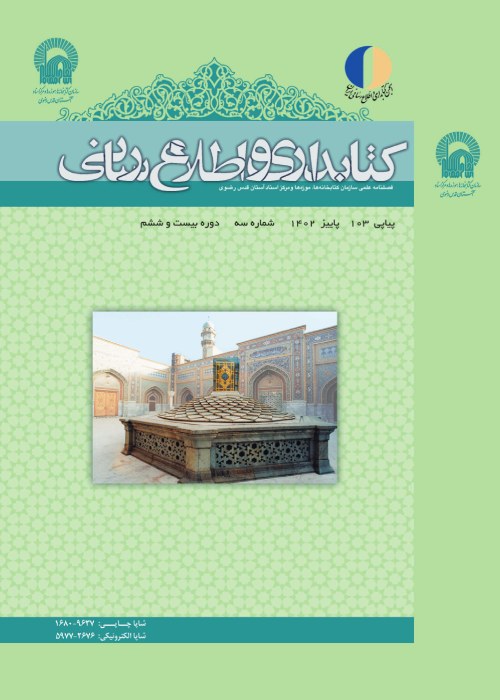Creating Symbolic Capital from Manuscript Treasures by Creating Narrative Museums
This article examines the hidden and obvious potentials of manuscript treasures to generate new symbolic capital. This research tries to create narrative scientific-historical museums by using manuscripts.
This article has been implemented by analytical-descriptive method and using library resources. In this research, the word museum is interpreted using mythological knowledge. A new design is introduced for the layout and architecture of museums using the patterns of temples and mythical mirrors. Finally, the need to create narrative museums based on manuscripts is explained.
Manuscript treasures are hidden capital. By narrating them in scientific-historical museums, new symbolic capitals are created for the society. There are three fields of tourism, art and education in the museum. Manuscripts can become symbolic capital with narration in these fields.
Manuscripts show the antiquity of civilization and culture. Displaying and creating narratives for these manuscripts will introduce people to their history and identity. This museum transforms cultural capital into symbolic capital and creates development in this way. These museums can be designed like temples. In addition to the field of tourism, museums also have a function in the field of education. In the field of identity, museums are effective and can be useful. Visualizing the history of science and scientific concepts in the form of narrative museums is used in education, identification and the creation of symbolic assets. In addition, such a museum can have consequences similar to the messages of mythical mirrors for the visitor. The imitation of mythical temples and mirrors in the design of the museum can arouse the collective subconscious of the visitor and place him in a space similar to the mythical space. A quasi-mythical atmosphere in which the visitor experiences a return to previous historical periods, liberation from linear time, and a sense of renewal based on the presence of a mythical sacred time. A quasi-mythical atmosphere in which the visitor by experiencing the transition from historical periods, escape from everyday worries and challenges and feel the sense of renewal. Museum of Persian Prose can be established using this approach. Visualizing the history of prose for people by using narration can change their view of prose literature. Establishing a museum in this way can make people interested in prose and affect their lives. Khorasan and especially the old Baihaq, which is known as the capital of Persian prose due to the abundance of influential figures on Persian prose, is the best place to open such a museum.
Manuscript , Museum , Narrative , Symbolic capital , Myth
- حق عضویت دریافتی صرف حمایت از نشریات عضو و نگهداری، تکمیل و توسعه مگیران میشود.
- پرداخت حق اشتراک و دانلود مقالات اجازه بازنشر آن در سایر رسانههای چاپی و دیجیتال را به کاربر نمیدهد.


